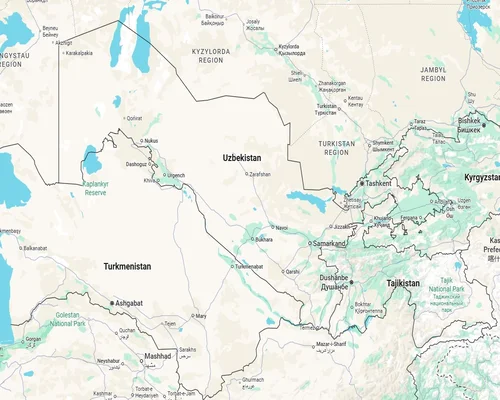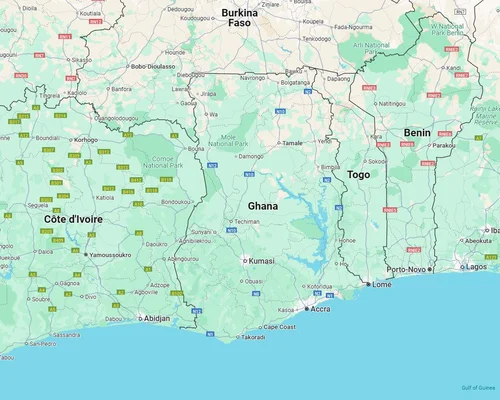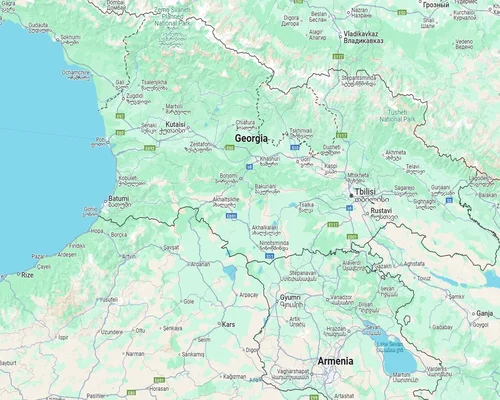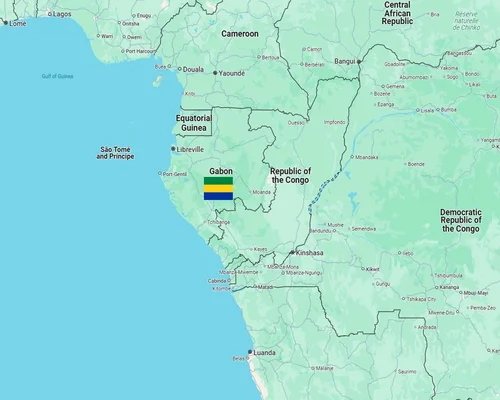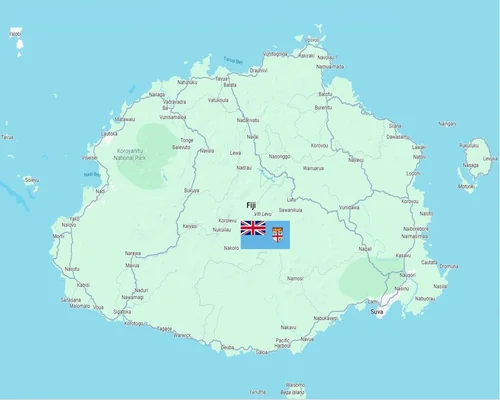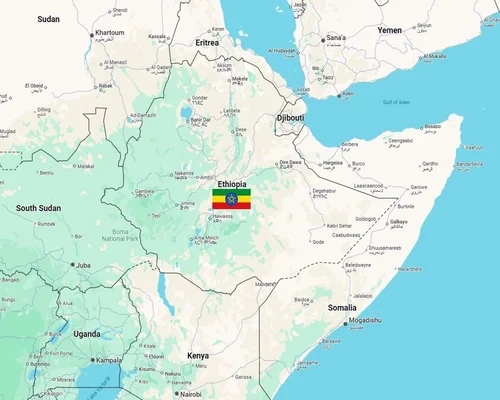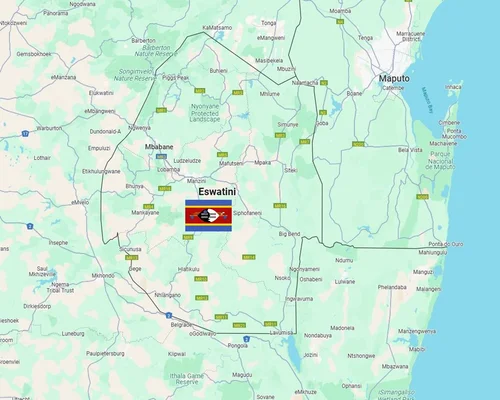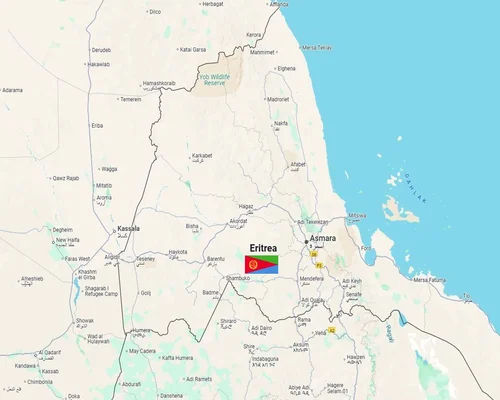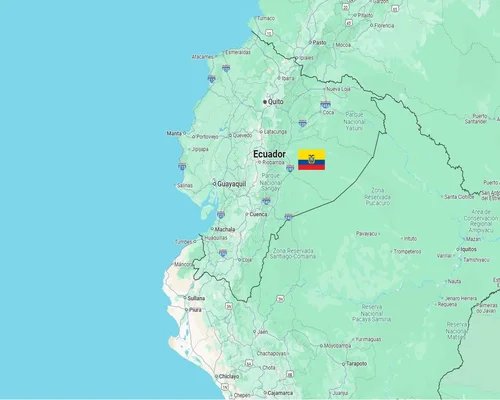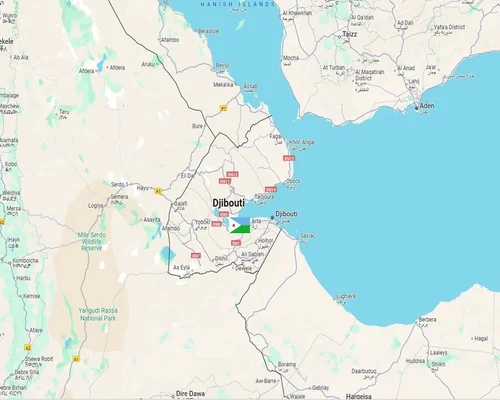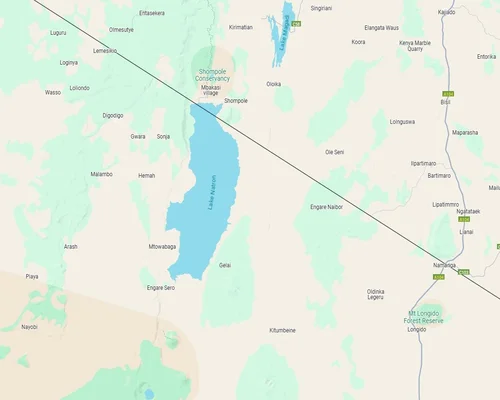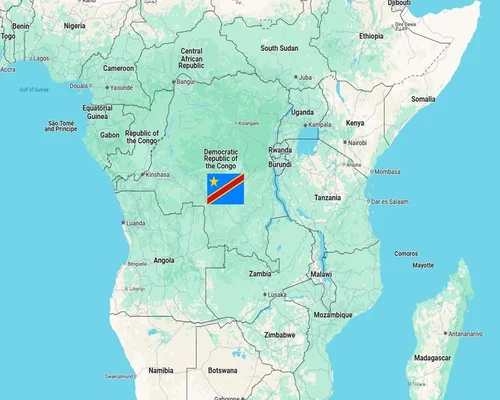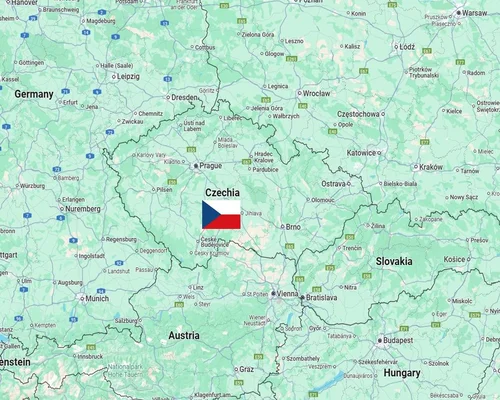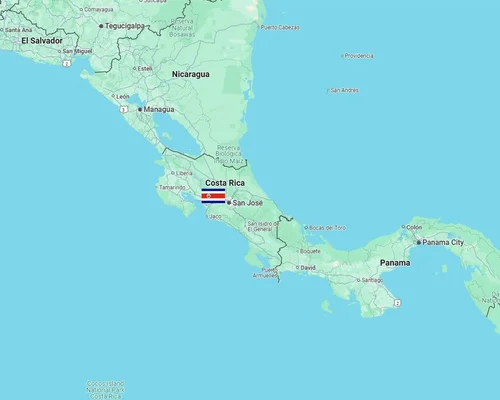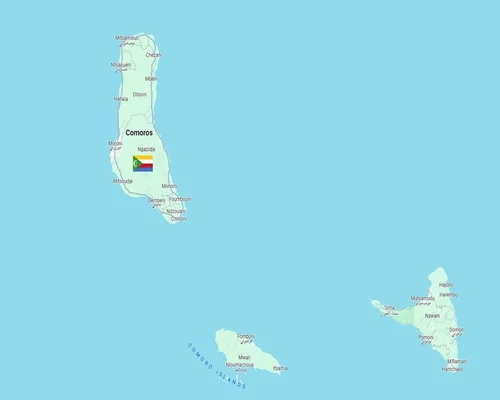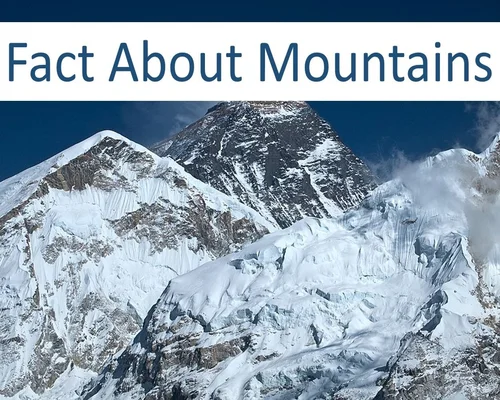
Fact About Mountains
Information about mountains
Hills: An Introduction
A mountain is a raised land on the earth surface, which is clearly elevated from the surrounding area. It is usually sloped and may have a peak or flat area at the top. Mountains play an important role in Earth geographical and natural environment based on their formation processes and characteristics.
Features of the hill:
Height:
The height of the mountain is usually 600 meters or more. However, depending on the height and slope, it is identified as hill, mountain or hill.
Slope:
Hill slopes are generally steep and uneven.
Location and structure:
A mountain can exist alone or as part of a mountain range.
Types of Hills:
Structural Basis:
Fold Mountains:
Formed by the collision of Earth tectonic plates. Example: Himalayas, Alps.
Fault-Block Mountains:
Caused by cracks or breaks in the crust. Example: Sierra Nevada (United States).
Volcanic Mountains:
Formed by volcanic eruptions. Examples: Mount Fuji (Japan), Mount Kenya.
Dome Mountains:
Formed due to the pressure of magma under the crust. Example: Black Hills (United States).
Plateau or Table Mountain:
Flat top. Example: Deccan Plateau (India).
Based on height:
Hills: 200-600 m height.
Hills: 600 meters or more.
Mountains: 2000 meters or more elevation.
Famous mountains of the world:
Himalaya Mountains (Asia):
Mount Everest (8848 m) is the highest peak in the world.
Karakorum Range (Asia):
K-2 (8611 m), the second highest peak in the world.
Andes Mountains (South America):
It is the longest mountain range in the world.
Rocky Mountains (North America):
Famous for various high peaks.
Alps (Europe):
Mount Blanc (4810 m), the highest peak in the Alps.
Kilimanjaro (Africa):
Africa highest single peak.
Causes of mountain formation:
Mountains are mainly formed through tectonic plate movements and geological activity. Some important formation processes:
Collision of tectonic plates.
Folds and cracks in the crust.
Volcanic eruptions.
Benefits of hills:
Natural Resources:
Mineral resources, forest resources and water resources.
Tourism and Recreation:
The hilly areas are famous for their natural beauty and attract tourists.
Perfect for trekking, hiking, skiing, and mountaineering.
Climate Control:
Mountains control the climate of the surrounding area.
It can affect rainfall and temperature.
Biodiversity Sanctuary:
Many rare and endemic plants and animals are found in the hilly areas.
Challenge:
Natural Disasters:
Landslides, avalanches and volcanic eruptions.
Disadvantages of transportation:
Construction of infrastructure is difficult in steep slopes and hostile environment.
Incredible Living:
Living is difficult due to extreme cold and lack of oxygen.
Some interesting facts about the mountain:
Many climbers attempt to climb Mount Everest every year, but it is extremely risky.
The Andes Mountains are the longest mountain range in the world, spanning over 7,000 km.
Mauna Kea (Hawaii) is the tallest mountain in the world if measured from the sea floor.

